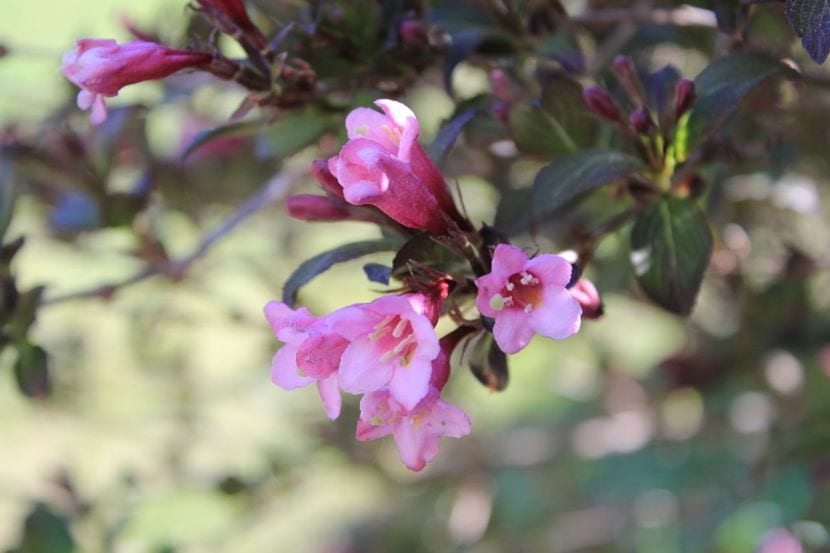
Sometimes we need to have some potted shrubs, good for decorating the patio or terrace, or to delimit garden paths. Although the vast majority of shrubs we can have both on the ground and in a pot, it is much more advisable to choose those plants whose height once they reach adulthood does not exceed three meters. For a simple reason: the larger a specimen, the more land it will need to grow properly; On the contrary, if it is small, the roots will need less substrate and therefore the plant will be able to live better in a pot.
Today we suggest two very interesting bushes, and very different at the same time. One of them is the Spartium junceum better known as scent broom of lovely yellow flowers, and the other is the weigela florida whose flowers are pink or white.
spartium junceum
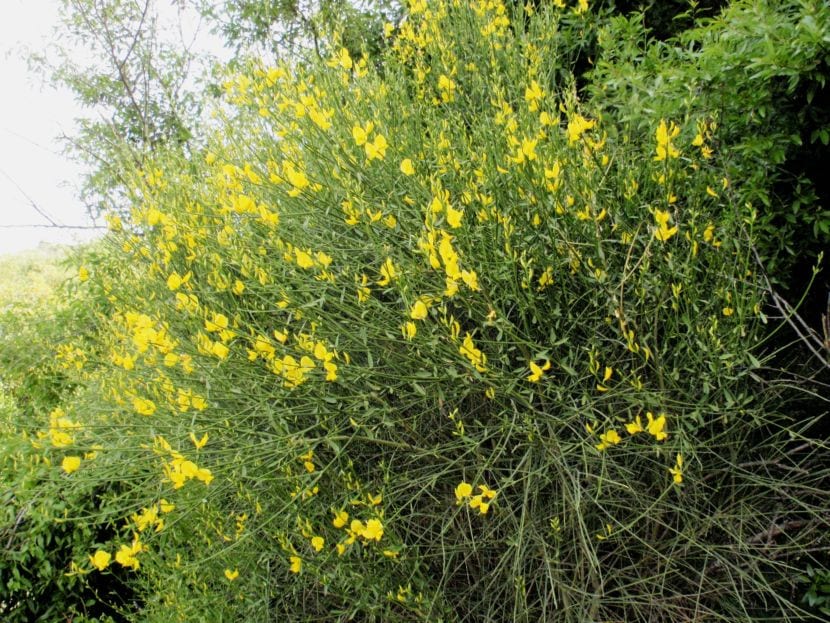
El spartium junceum It is a small shrubby plant that grows to a height of three meters, but in cultivation it rarely exceeds two meters. It is native to the Mediterranean. It is made up of thin green branches, which have almost no leaves, but those that do have are small and fall off in winter.
The flowers are small, yellow. They give off a very pleasant aroma.
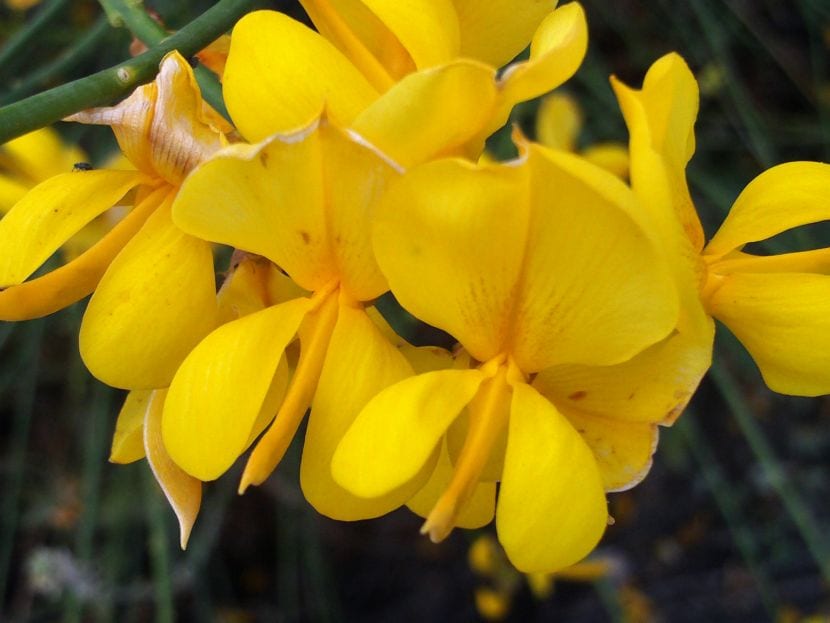
In cultivation it will live wonderfully in calcareous soil, with a high pH, in full sun. It resists drought very well; in fact, it is a plant that is widely used to re-green an area that has suffered significant erosion.
To achieve a compact shape it can be pruned in early spring.
weigela florida
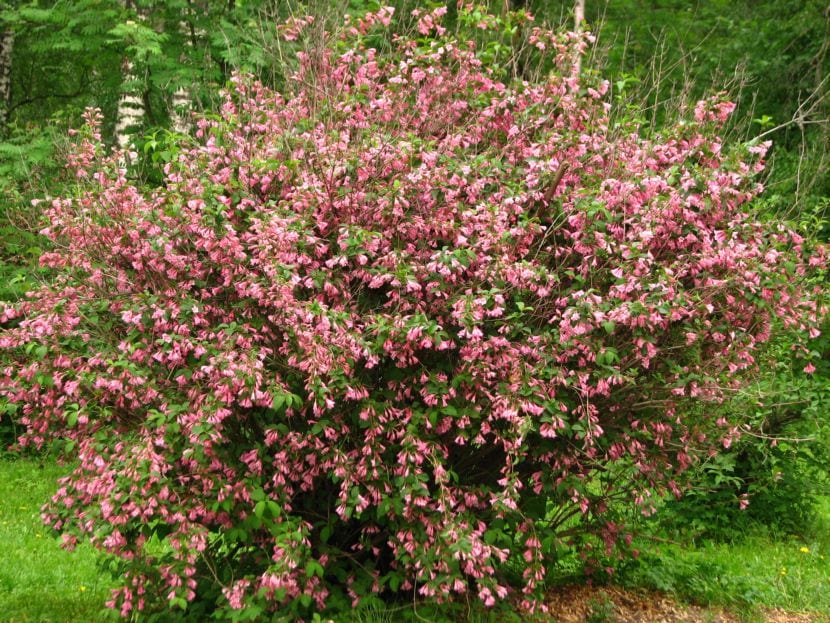
La weigela florida, one of the most used ornamental shrubs in gardening, is native to China. It has a tendency to branch out a lot, which gives it that characteristic rounded shape. It grows to a height of three meters.
The leaves are lanceolate, green in color, and behave as deciduous. The flowers can be pink or white in the cultivar »Alba».
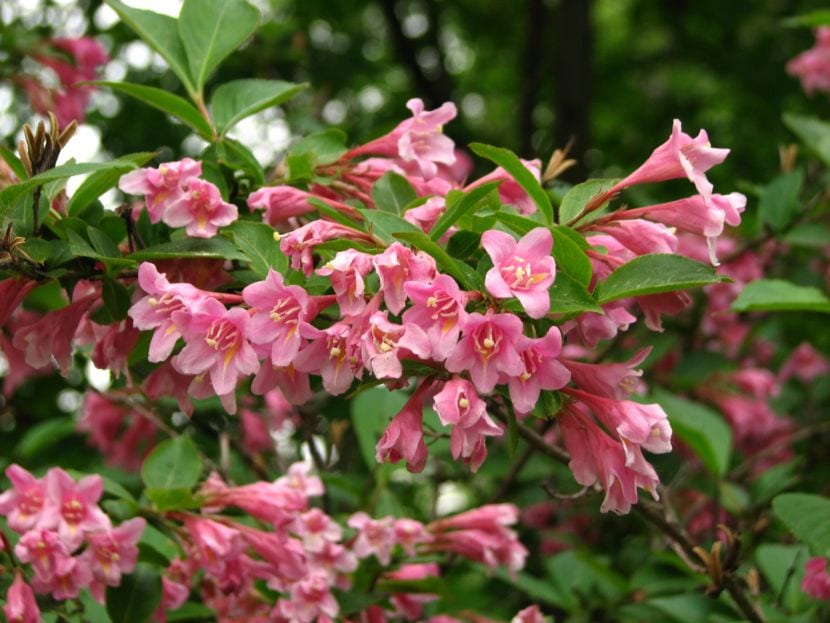
In cultivation it is a very interesting species, not only for its high ornamental value, but also for its resistance to frost and its easy cultivation. However, it is important to note that it is not suitable for full sun, and that it does not withstand prolonged drought.
For the rest, it is pruned after flowering and it is recommended to pay it from spring to autumn.
What do you think of these bushes?
Hello, I want to make a modern style garden ... what species could I consider? I am looking for bushes, creepers and trees?
Hello Vanessa.
The species to choose will vary depending on the climate you have. My advice is to be guided by the plants that grow well in your area, and above all choose the ones you like the most. For example, some very rustic plants are Cycas, Bougainvilleas, or Ash trees (Fraxinus), and they are widely used to design modern gardens.
A greeting!
Hello Vanessa.
Here you have information about it.
Greetings.
Hello I have a broom on my balcony with full sun in a pot but it does not grow, what do you advise? Thank you
Hello Jose.
How long has it been in that pot? If it takes a long time (say, about 2 years or more) it is likely that it can no longer grow because the roots have taken up all the available space. In that case, it is best to move it to a larger pot or to the ground.
Another possibility is that it is overwatering ... or under-watering. The brooms endure drought quite well, but the cultivation on land is different from that which can be grown in a pot, requiring a little more water in the latter. The substrate should be allowed to dry between watering and watering.
And finally, if you see that the plant is fine (that is, it has no problems or anything like that), yes you can fertilize it in spring and summer (even in autumn if your climate is warm-temperate) to increase growth rate.
Greetings and Merry Christmas!